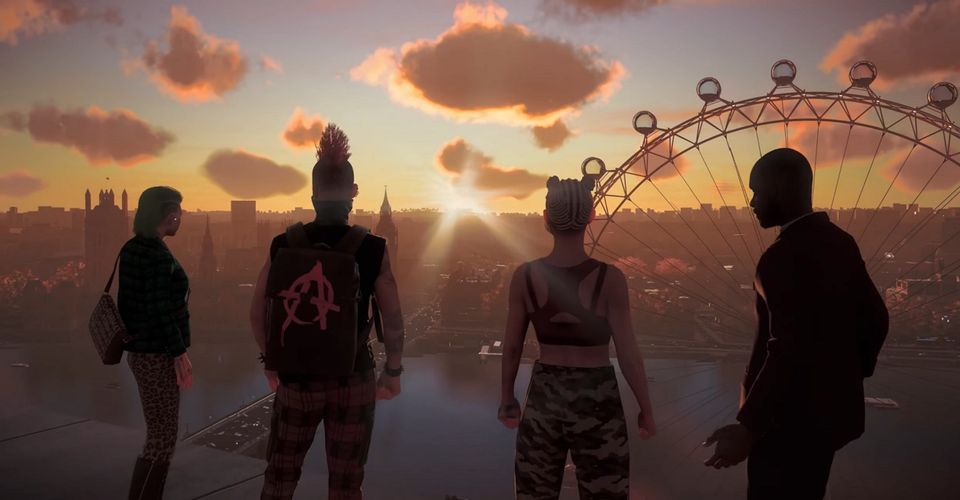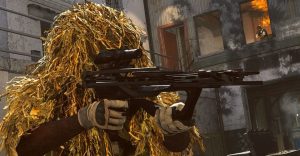Watch Dogs Legion’s London Compared To Real-Life

Exploring London to uncover a plot of totalitarianism control is fun, but Watch Dogs: Legion‘s depiction of the city may not be as accurate as some people think. Ubisoft’s near-future take on a police-state London makes for a deeply ethical discussion on the politics of Watch Dogs: Legion. Trying to recreate the full scope of the city, however, is a significantly larger task than even Ubisoft seemed ready to provide. Instead, creative measures were taken to offer the full London experience in-game with both its architecture and its people.
For those who have never been to London, Legion offers a fantastic city to explore. For those familiar with it, however, the city has some noticeable changes. Watch Dogs: Legion lets players explore London in the classic third-person, open-world format Ubisoft offers in both the Watch Dogs and Assassin’s Creed franchises. Iconic landmarks like Big Ben and Buckingham Palace are present and easy to explore, yet rather than faithfully recreating all of London, Ubisoft found ways to cleverly condense and compress the city into a more manageable size.
The game takes place over roughly 3.5 square miles across eight boroughs. It’s a substantial size with plenty of narrow roads, towering buildings, and fascinating sights to see, but nothing compared to the actual size of London: 600 square miles and 32 boroughs. Watch Dogs: Legion plays out in the central area of the map surrounding the city of London, but it still needed to be significantly compressed for the sake of the game. The real borough of Southwark that’s found in Legion, for example, is the smallest featured in the game and is over 11 square miles in real life: three times the size of Watch Dogs: Legion‘s entire map.
Watch Dogs: Legion’s Small-Scale London Is Still Fun To Explore

Ubisoft managed to compress London in-game and still make for a compelling, living and breathing city by taking a proverbial scalpel to the map and sewing the significant pieces back together. City streets are made just a little smaller, and backroads or networking residential areas have been cut and removed. The dimensions of certain landmarks have been condensed and reduced, trimming the fat to make for a concise but faithful recreation. Even empty, open spaces in parks or between buildings have been carefully trimmed down to create a more graphically manageable location while keeping the aesthetic of the town alive.
Aside from the physical aspects of London, Watch Dogs: Legion does a decent job of tackling the diversity of the population. London is a massive metropolitan location, and the playable NPCs the game offers cover a vast array of these cultural groups. They are not only a central focus of the narrative, but an important aspect of the representation of London. Players will encounter NPCs in Watch Dogs: Legion from all walks of life, and across a wide variety of cultural backgrounds. These are not just one-off, token characters but a reflection on the diversity of London’s mosaic of cultures.
Creative liberties and careful editing allowed Watch Dogs: Legion to take the expansive city of London and turn it into a unique recreation of the iconic city while maintaining its charm and history. Narrowing streets, slimming down open spaces, and removing small areas brought the game to a significantly more approachable and playable size without losing the London feel. The inclusion of a diverse and balanced population to mirror that of the real London is a key feature to bring Watch Dogs: Legion to life, even in its significantly more condensed form.

















